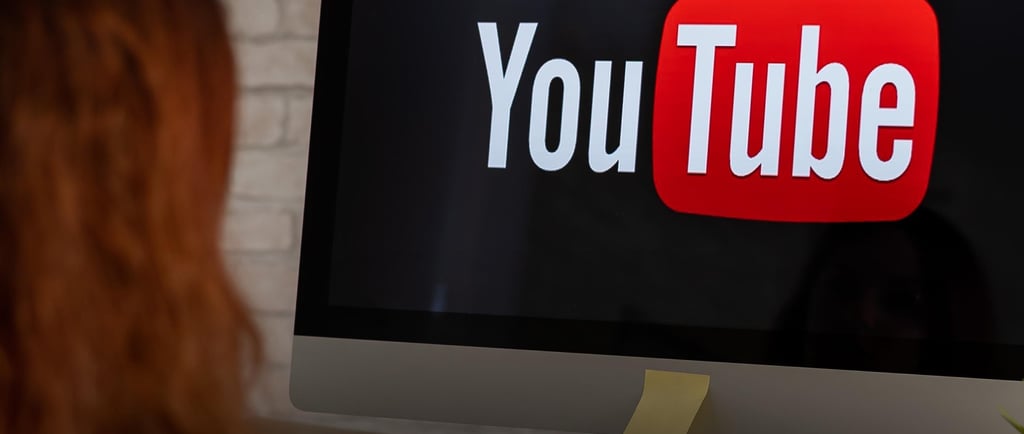Kerala High Court: YouTube Video Removal Requires Court Order or Government Directive
The Kerala High Court recently rejected a petition requesting directives for YouTube to take down an allegedly defamatory video targeting the Marthoma Church and its Bishop.
12/8/20241 min read


The Court underscored the provisions of Section 69A of the IT Act, which permit the blocking of content solely in cases involving threats to India's sovereignty, security, or public order.
"The material in question has been alleged to be defamatory, but there is no specific claim that it incites the commission of a cognizable offense related to sovereignty, integrity, or other protected aspects of national interest," the Court observed.
Aneesh K. Thankachan, the petitioner, filed a plea before the Court seeking relief against an allegedly defamatory video uploaded on YouTube by the channel 'i2i News.'
The petitioner claimed that the video insulted the Marthoma Church and its Bishop, portraying the community in a derogatory manner. Aneesh argued that the content was intended to sow discord among believers and posed a potential threat to public peace and order.
The Court further noted that, in the absence of a court order explicitly declaring the video defamatory, YouTube could not be compelled to take action, as intermediaries are protected from liability under Section 79, unless they neglect to comply with valid court or government directives.
In line with the interpretation of Section 79(3)(b) in the Shreya Singhal case, the Court emphasized that intermediaries are not tasked with determining the legitimacy of every removal request, thereby preventing inconsistencies and the potential for misuse.
The Court clarified that Section 79(3)(b) must be interpreted to mean that an intermediary, upon receiving actual knowledge of a court order directing the removal or disabling of access to certain material, is obligated to act promptly. The Court further explained that without such a provision, intermediaries like Google and Facebook would face significant challenges in evaluating millions of removal requests and determining their legitimacy.
